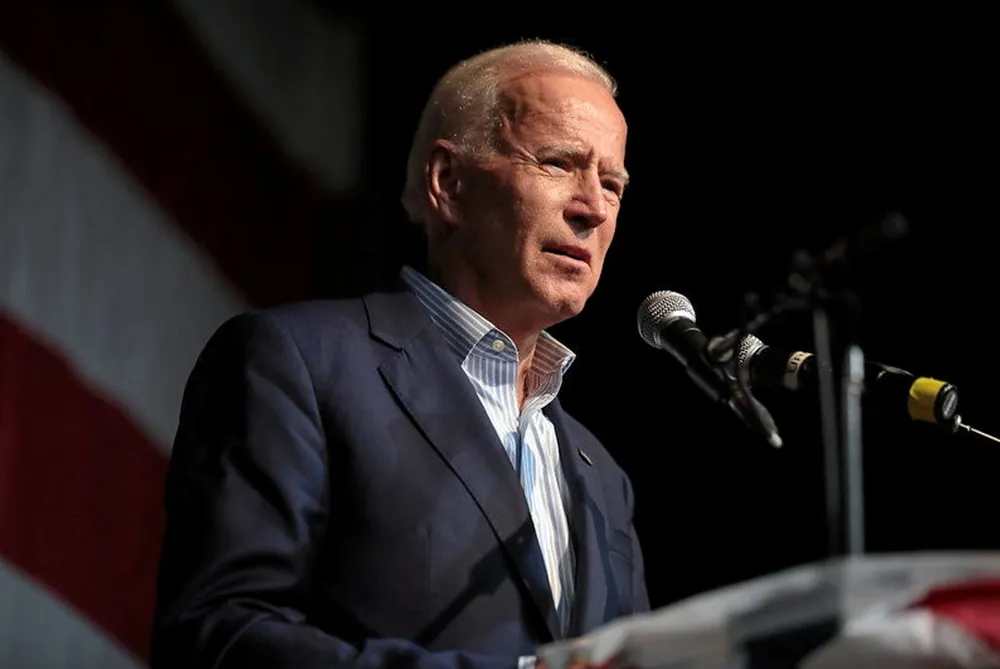US names date for 13GW Gulf of Maine floating wind lease sale
Eight areas to go on the block as Biden administration ramps offshore wind activity amid threats by presidential candidate Donald Trump

The US government on Monday announced it will hold an initial wind energy lease sale on 29 October for eight areas on the outer continental shelf in deep Gulf of Maine federal waters facing the states of Maine, Massachusetts, and New Hampshire.
If fully developed, these areas have 13GW of potential energy capacity to power more than 4.5 million homes, according to Bureau of Ocean Energy Management (BOEM), which oversees offshore wind development in federal waters.
The announcement “builds on the execution of the nation’s first floating offshore wind energy research lease in Maine last month,” said Secretary of Interior Deb Haaland. The Gulf of Maine water depths will require floating foundations.
BOEM is an agency of the Department of Interior (DoI), one of 15 departments in President Joe Biden’s cabinet.
Today’s announcement results from more than two years of extensive engagement with fishing interests, stakeholders, and tribes across the region, with information gained through this process “instrumental in determining the final location, size and shape of the eight lease areas,” according to DoI.
The Final Sale Notice (FSN) covers some 827,889 acres (3,350 sq. km), the most ever offered in a US offshore wind lease auction but 187.5 sq miles less than what BOEM originally proposed in the Gulf of Maine.
“BOEM prioritised the avoidance of offshore fishing grounds, sensitive habitats, and existing and future vessel transit routes, while still retaining sufficient acreage to support the region’s offshore wind energy goals,” according to DoI.
Maine has set a tentative goal of 3GW, while Massachusetts has a mandate for 5.6GW contracted by 2027, and is expected to require substantially more to meet its low carbon policies, potentially as much as 23GW by 2050. New Hampshire has yet to set an offshore wind target.
While New England states remain enthusiastic about offshore wind, stakeholders, especially fisheries promise to oppose sector development.
The FSN includes details regarding the auction, provisions, and conditions of the leases, the lease form, information on bidding credits, criteria for evaluating competing bids, award procedures, appeal procedures, and lease execution.
It also details several lease stipulations “designed to promote the development of a robust domestic US supply chain for floating wind and create good-paying union jobs, advance flexibility in transmission planning, minimize habitat impacts, and collect data on protected marine mammals.”
BOEM noted that issuance of any lease resulting from this sale does not authorise the construction and operations of an offshore wind facility. A lease provides the right to submit project-specific plans.
Such plans, if submitted, would be subject to environmental, technical, and public reviews prior to a decision on whether the project proposals should be approved.
President Joe Biden’s administration has ramped sector activity in recent months amid a hotly contested presidential election that could have dramatic consequences for offshore wind. He is not running for a second term.
Vice President Kamala Harris, the Democratic Party’s presidential candidate, promises to continue federal policies aimed at achieving Biden’s ambitious 2030 offshore wind target of 30GW capacity in commercial operation.
Her Republican opponent, former president Donald Trump, said he opposed offshore wind development and pledges to halt activity “on day one” should he win a second term.
(Copyright)